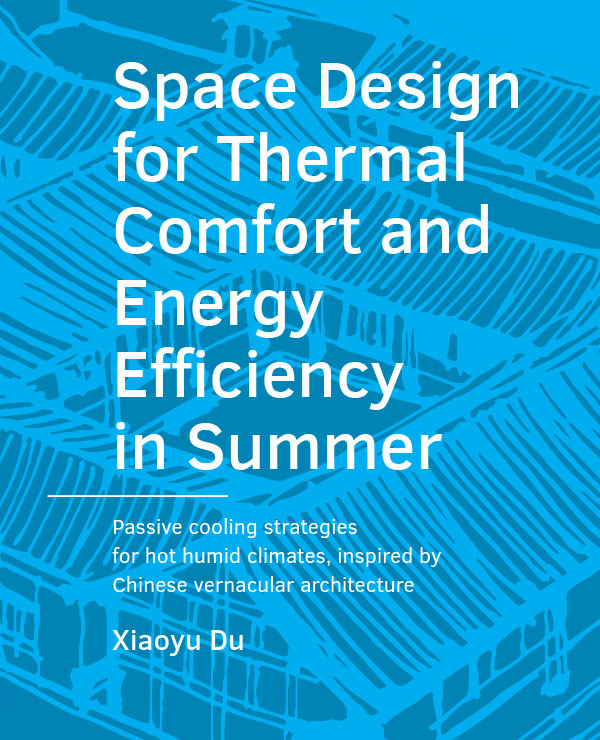Architectural spatial design strategies for summer microclimate control in buildings
a comparative case study of Chinese vernacular and modern houses
DOI:
https://doi.org/10.7480/abe.19.10.4105Abstract
The objective of this paper is to clarify the spatial design strategies used to control the microclimate of a Chinese vernacular house in summer by comparing the building with modern Chinese rural houses and presenting ideas for contemporary architectural design practice. For this goal the spatial configuration, the spatial boundary conditions, the vegetation in the space and the human activity in the space were analysed for the vernacular house and for modern rural houses. Also, field measurements were conducted to evaluate the summer thermal environment in the vernacular and a modern house. The results show that the vernacular house has a diverse spatial design and a better building microclimate, making it easier to obtain thermal comfort than the modern houses. Therefore, spatial design strategies of Chinese vernacular houses are still of great value to modern house design, especially when the free-running thermal comfort theory is applied.
References
Du, X., Bokel, R., & van den Dobbelsteen, A. (2014). Building microclimate and summer thermal comfort in free-running buildings with diverse spaces: A Chinese vernacular house case. Building and Environment, 82, 215-227. doi: 10.1016/j.buildenv.2014.08.022
Fu, X. (2002). Building energy saving technology in hot summer and cold winter region. Beijing: China Architecture and Building Press.
GB50176-93. (1993). Thermal Design Code for Civil Building. Beijing: China Planning Press.
Hu, X. (2008). Boundaries and openings: spatial strategies in the Chinese dwelling. Journal of Housing and the Built Environment, 23(4), 353-366. doi: 10.1007/s10901-008-9123-z
Humphreys, M. A., & Nicol, J. F. (1998). Understanding the adaptive approach to thermal comfort ASHRAE Transactions, 104(1), 991-1004.
Liang, J., Li, B., Wu, Y., & Yao, R. (2007). An investigation of the existing situation and trends in building energy efficiency management in China. Energy and Buildings, 39(10), 1098-1106. doi: 10.1016/j.enbuild.2006.12.002
Meir, I., & Roaf, S. (2003). Between Scylla and Charibdis: In search of the suatainable design paradigm between vernacular and high-tech. Paper presented at the PLEA, Santiago, Chile.
National Meteorological Information Center of China Meteorological Administration, & Department of Building Technology Tsinghua University. (2005). Chinese meteorological dataset for built thermal environment. Beijing: China Architecture & Building Press.
NBSC. (2018). Annual report (Publication no. http://data.stats.gov.cn/english/easyquery.htm?cn=C01). Available from National Bureau of Statistics of China National database, from National Bureau of Statistics of China
Oliver, P. (1997). Encyclopedia of Vernacular Architecture of the World. New York: Cambridge University Press.
Santamouris, M., & Asimakopoulos, D. (1996). Passive cooling of buildings. London: James and James
Szokolay, S. V. (2000). Dilemmas of warm humid climate house design. Paper presented at the Proceedings of PLEA 2000 Architecture, City, Environment, Cambridge,England.
Zhang, H., & Yoshino, H. (2010). Analysis of indoor humidity environment in Chinese residential buildings. Building and Environment, 45(10), 2132-2140. doi: 10.1016/j.buildenv.2010.03.011

